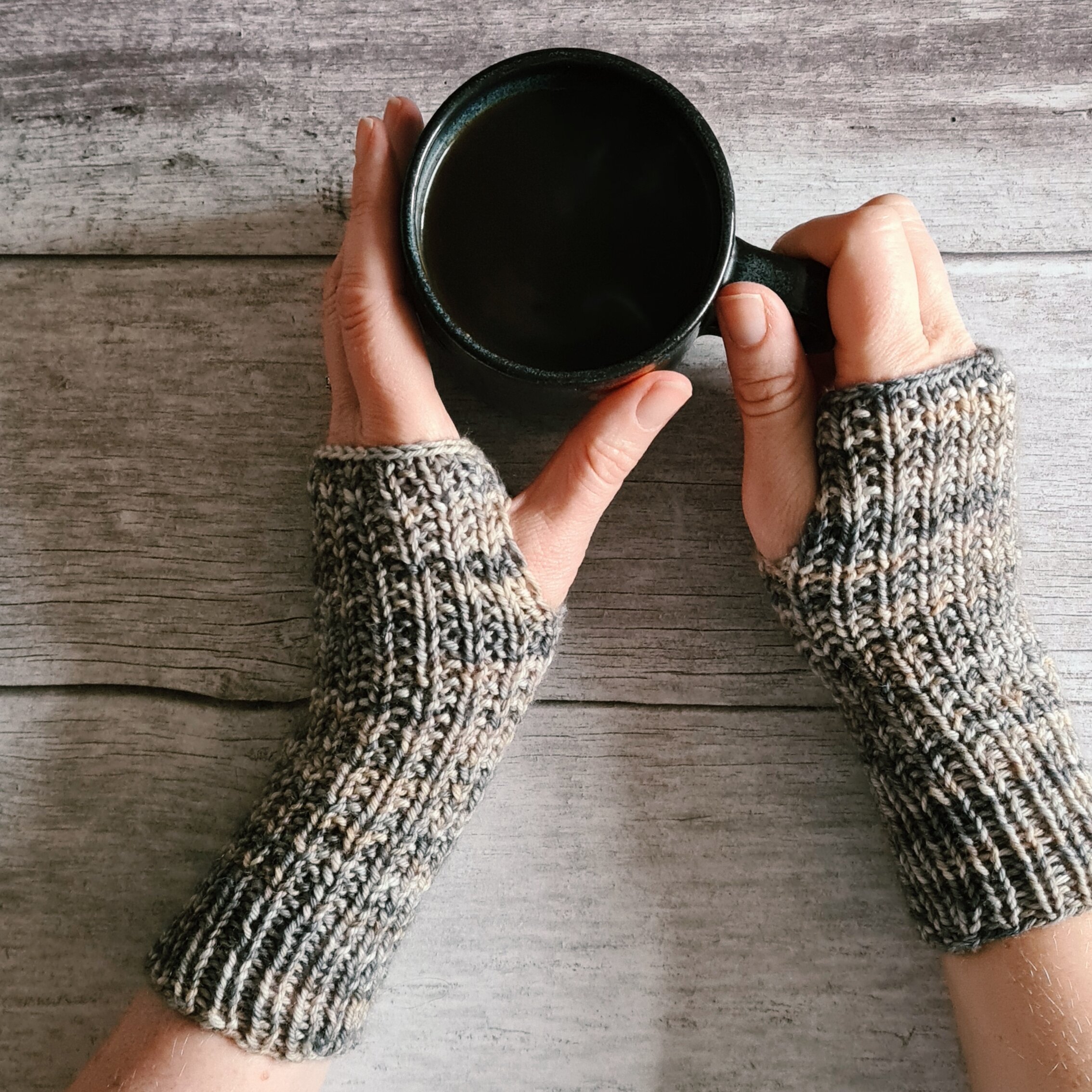I’ve never really subscribed to the notion of spring cleaning – or any kind of regular cleaning routine come to that. Apart from when it comes to my stash. Not necessarily linked to spring, or any other time of year, I will quite often get the urge to have a good rootle through my stash.
Not that I’m looking for anything in particular, you understand. It’s more akin to visiting with old friends. A chance to check in with skeins both young and old. Frequent purchases nestling alongside never-to-be-knit classics.
This year I have had to move some storage boxes around (thanks to the current situation and the never ending chaos of 2 adults and 2 near-grown adults all living and working under one roof). I took the opportunity to have a good rummage, clear out some old WIPs that were never destined to become finished objects and pick out a few items that could go to other homes.
There are any number of advantages to doing this on a semi-regular basis, but three solid reasons (should you need them) are:
A chance to check for unwelcome visitors. I’m not going to say the M word out loud but we all know how attractive our stored skeins can be for little beasties. I’m keeping my fingers firmly crossed when I say that I haven’t yet been troubled by this, but obvious signs to look for are little papery cases attached to your yarn, areas of breaks or weaknesses in the yarn or fine sandy grains in and around where the yarn is stored. This article is very informative – if slightly terrifying.
A chance to reconnect with forgotten items. Despite my best efforts I often forget exactly what I have stored away, especially as it is currently stored in multiple places. I try to keep track with an Airtable spreadsheet but there’s no substitute for actually getting my paws on the yarn to remind myself what I actually have in my possession.
A chance to rehome some yarn. Let’s face it, I have way more yarn than I can knit in the next few years and it’s all potential moth food. Quite often when I go through my stash I’ll find something that no longer appeals to me, or I never quite ended up using. I can often pick out a few items to either use as prizes or giveaways, or to donate either to charity shops or other organisations. I often like to donate to Knit for Peace as they will accept either full or partial skeins as long as it is clearly labelled.





